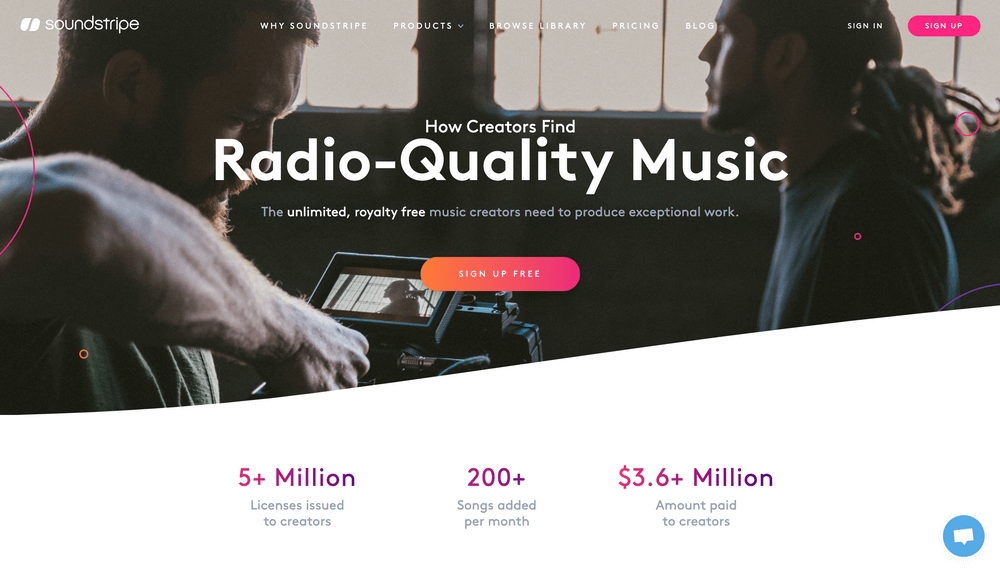Transform Your Brand with Cutting-Edge Website Design Methods
Transform Your Brand with Cutting-Edge Website Design Methods
Blog Article
Recognizing the Function of Responsive Design in Modern Website Growth
In today's digital landscape, responsive style is no much longer a deluxe yet a necessity in site advancement. The relevance of receptive layout expands past customer experience-- it is also a crucial element in search engine optimization and availability.
Relevance of Responsive Layout
In today's electronic landscape, the value of responsive design in web site advancement can not be overstated. Receptive design permits web sites to automatically adjust their format and performance based on the screen dimension and positioning of the device being used.
Furthermore, responsive style is important for seo (SEARCH ENGINE OPTIMIZATION) Browse engines like Google focus on mobile-friendly sites in their search results, indicating that a receptive style can substantially impact a site's exposure and ranking. This optimization not only enhances the user experience however likewise drives natural web traffic and enhances the potential for conversion and profits generation.
Furthermore, receptive layout provides organizations an affordable option by removing the requirement for several variations of a website. By streamlining web growth procedures and decreasing maintenance efforts, firms can allot resources extra effectively, ultimately resulting in improved return on investment. Therefore, responsive layout is crucial in today's affordable electronic atmosphere.
Crucial Element of Responsive Style
To successfully execute receptive layout, it is necessary to focus on numerous crucial elements that guarantee ideal functionality and user experience across diverse devices. Among the fundamental parts is the versatile grid format, which permits designers to develop fluid grids that instantly adapt to various screen dimensions. This guarantees that web content preserves symmetry and readability, no matter the gadget being utilized.

Additionally, touch-friendly navigation is essential for responsive design. Implementing easily tappable buttons and intuitive motion controls boosts use on touchscreen gadgets. Prioritizing performance optimization is also important, as it improves loading times and reduces bounce prices, specifically on mobile connect with variable speed.
Lastly, using a mobile-first approach makes sure that the style is originally enhanced for smaller sized screens before broadening to suit desktops. This approach ensures that necessary performance and visual appeals are preserved throughout all systems, inevitably enhancing the general individual experience.
Impact on Customer Interaction
Receptive style significantly affects user engagement by enhancing access and fulfillment across numerous gadgets. By making certain that a web site's format adapts perfectly to different screen sizes, receptive style enables individuals to gain access to content effortlessly, whether they are utilizing a smart device, desktop, or tablet computer . This adaptability minimizes the requirement for unneeded zooming or scrolling, giving an extra user-friendly and positive surfing experience. As an outcome, individuals are much more likely to remain on the website longer, explore added web pages, and communicate with the web content, every one of which are key indicators of increased interaction.
Moreover, receptive layout contributes to quicker page filling times, which is crucial for retaining customer rate of interest. Users are more likely to abandon a site if it takes also long to tons, specifically on mobile devices. By optimizing efficiency for diverse systems, responsive design decreases packing delays, maintaining users involved and minimizing bounce rates.
SEO Benefits of Responsive Style
While boosting customer experience is a key objective, receptive layout also plays a vital duty in enhancing a website's search engine optimization (SEARCH ENGINE OPTIMIZATION) Responsive style makes sure that a site adapts to different display sizes, removing the need for separate mobile and desktop variations.
In addition, responsive style help in faster page packing times, an important aspect in SEO. Look engines prefer sites that pack rapidly, recognizing that customers are most likely to abandon websites that take as well lengthy to present. By using responsive layout, programmers can maximize photos and streamline content, ensuring efficient filling and enhanced search engine rankings.
In addition, a cohesive link structure throughout devices streamlines the indexing procedure for internet search engine, boosting crawl efficiency. This uniformity in URLs strengthens a website's authority and credibility, resulting in boosted exposure in search engine result. In summary, receptive layout is not merely a pattern yet an essential element of SEO method, ensuring web sites are both easy to use and search engine compatible.
Executing Receptive Style Approaches
In the realm of modern internet development, executing responsive design techniques is similar to crafting a flexible canvas that adjusts flawlessly to numerous screen measurements. Another crucial technique involves utilizing media questions, which enable designers to apply various designs based on the qualities of the gadget, such as width, elevation, and resolution.
Receptive pictures and media are also essential components. By making use of techniques like CSS media queries and the HTML 'image' element, developers can serve appropriately sized images based on the individual's tool, maximizing load times and boosting customer experience. Additionally, the consolidation of liquid typography guarantees that text is legible and cosmetically pleasing on any display, achieved via scalable devices like 'rem' and 'em'.

Final Thought
Responsive layout constitutes an important facet of contemporary website development, considerably improving individual experience across a variety of tools. Ultimately, carrying out responsive style approaches guarantees enhanced accessibility and use, rendering websites much more user-centric and effective.
To properly carry out receptive style, it is important to concentrate on several essential elements that make sure ideal performance and individual experience throughout varied devices.Responsive design significantly influences individual interaction by enhancing access and fulfillment across different gadgets. By guaranteeing that a website's design adapts seamlessly to different screen dimensions, receptive style allows individuals to access content effortlessly, whether they are making use of a tablet, desktop, or mobile phone .While improving user experience is a primary goal, responsive layout additionally plays an important duty in boosting a web site's search engine optimization (SEARCH ENGINE OPTIMIZATION)Receptive layout constitutes a crucial element of modern website growth, considerably boosting individual experience throughout an array her latest blog of gadgets.
Report this page